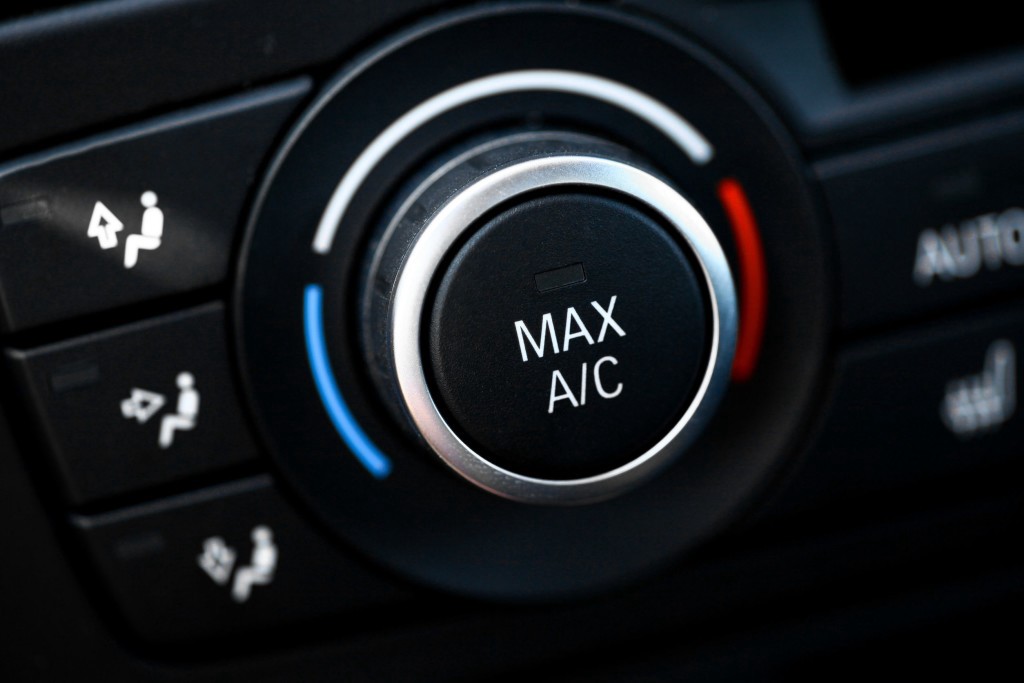
The summer months can make driving just about unbearable if our vehicle AC is not working. In states like California, Florida, and Arizona the need for a properly working air conditioning system in our cars is year round. Ever wonder how those small vents in our dashboard cool down our vehicles? Well continue reading for a brief lesson below!
The purpose of the vehicle air conditioning system is to cool the air entering the passenger compartment and remove the moisture from the air so it feels more comfortable in the vehicle. In many vehicles, air conditioning also cycles during the defrost setting, pulling the humidity from the windshield to improve visibility.
The common components of vehicle air conditioning systems are:
-Compressor
-Condenser
-Expansion Valve or Orifice Tube
-Receiver Drier, or Accumulator
-Evaporator
The vehicle air conditioning is pressurized by a gas called a refrigerant. Usually three to four pounds of refrigerant is used to fill the system in most vehicles. The compressor compresses the refrigerant from a gas to a fluid and the fluid is cycled through a refrigerant line. Next the inside the condenser, the refrigerant flow through a small grid and air passes through the condenser removing heat from the refrigerant. Next the refrigerant moves on to the expansion valve or orifice tube where the pressure in the line is reduced and the refrigerant is returned to a gaseous state.
The refrigerant then enters the receiver drier, or accumulator, which removes moisture from that is carried in with the refrigerant in gas form. After which the drier, cooler refrigerant passes to the evaporator still in gas form. Air is blown through the evaporator core, the heat is removed from the air and transferred into the refrigerant, leaving cooler air to blow into the passenger compartment. The refrigerant cycles through the compressor again and the cycle continues.


